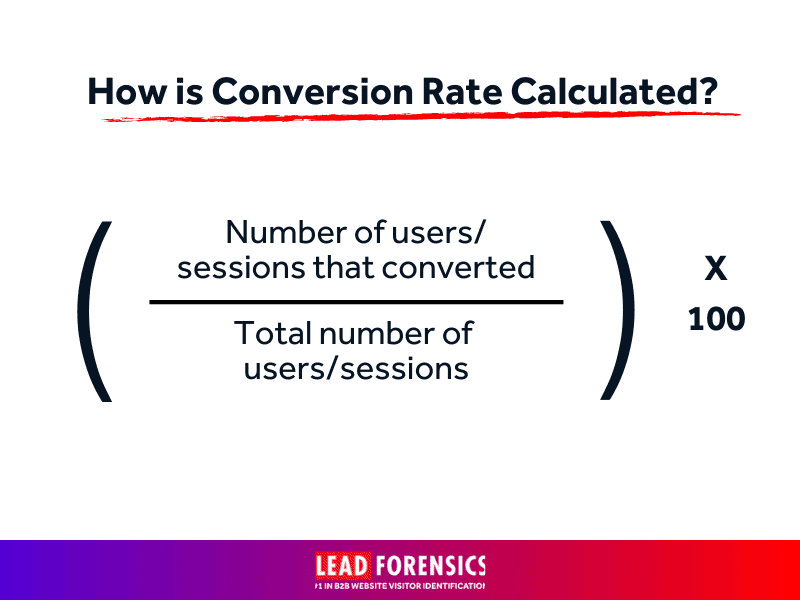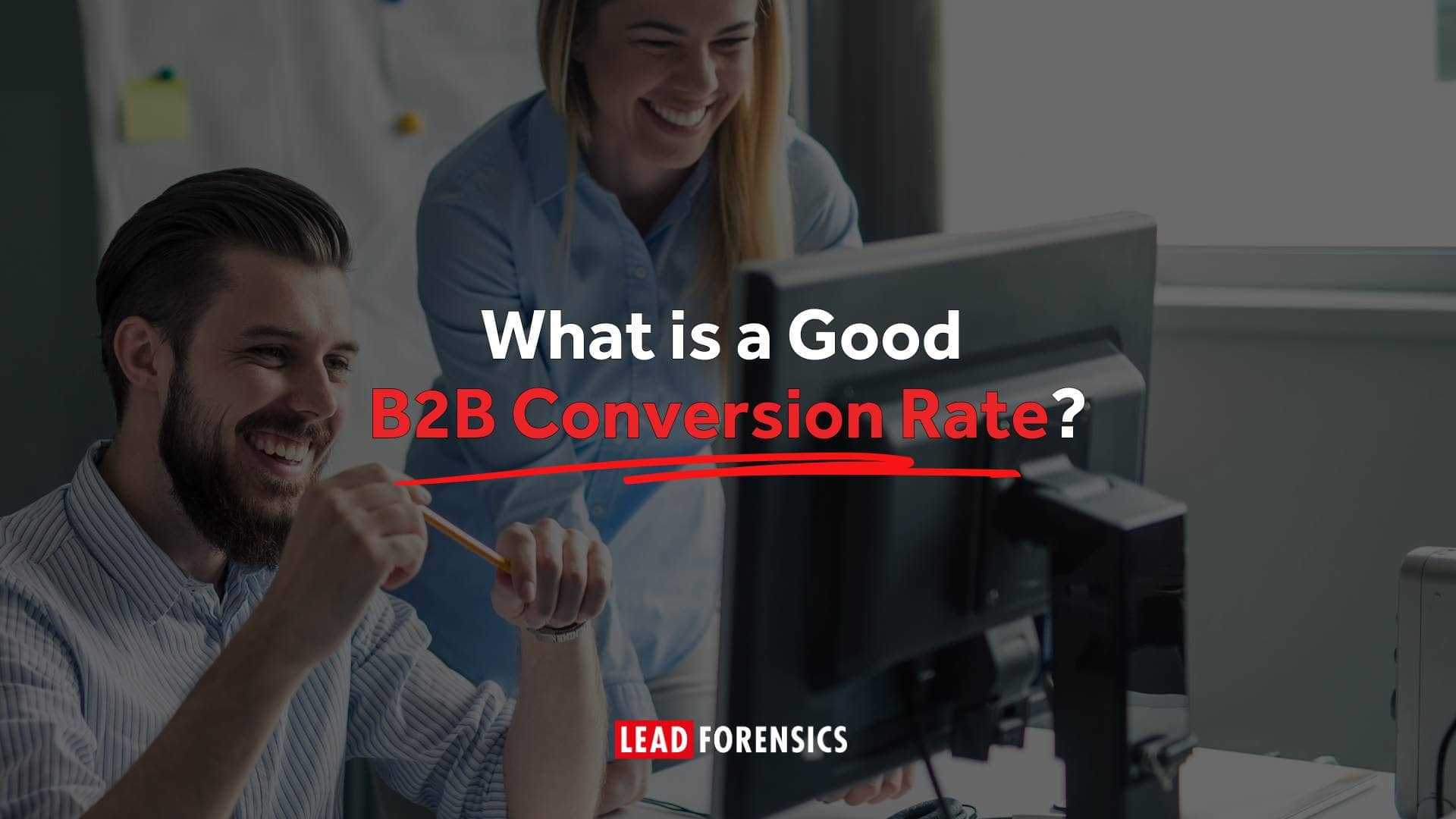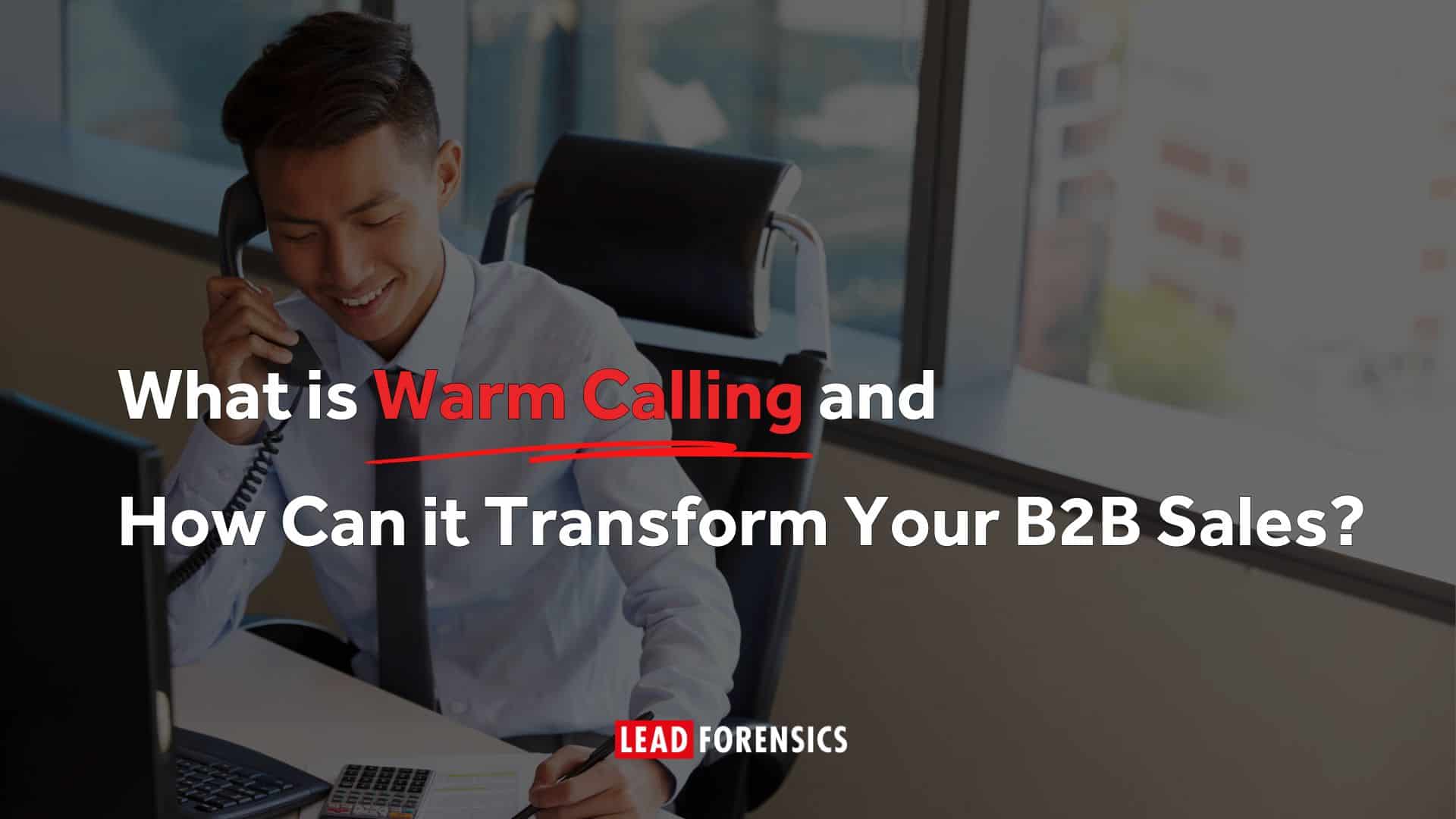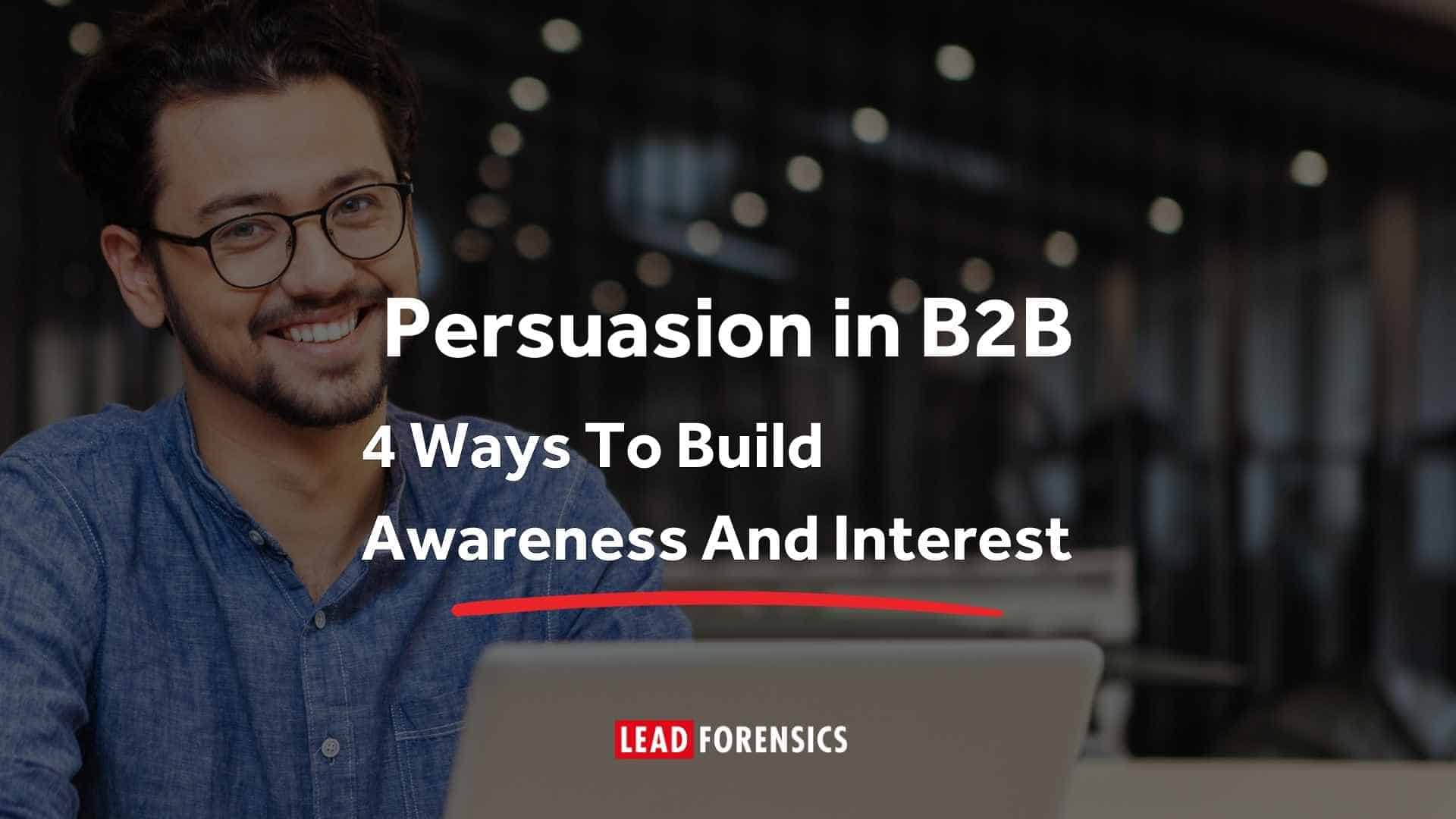What is Conversion Rate?
Conversion rate is a calculation that tells you how many visitors on your website perform a specific action. It’s typically given as a percentage, so a 2% conversion rate tells you that when 100 people visited your website, 2 of them converted.
For B2B websites, this typically measures how often people do things like complete a form, click on your links or buy subscriptions.
How is Conversion Rate Calculated?
The conversion rate is calculated by taking the total number of users who’ve completed an action and dividing it by the overall size of the audience that was on the page or website. You then multiply it by 100 to get a percentage.

For example, imagine you sent an email to promote an upcoming webinar. If you drove 1,346 people to your website and got 34 registrations, your conversion rate would be 2.52%. That’s because 34 registrations divided by 1,346 visitors is 0.002526. When you multiple by 100, you get 2.526.
Why is Conversion Rate Important?
Your B2B conversion rate is really important because it tells you a range of things, including:
- How effective your marketing campaigns are. If a particular activity is producing below-average conversion rates, it’s not performing as expected. Conversely, you can see which campaigns worked really well so you know what to build on.
- How to hit your marketing targets. If you know your conversion rate, you can calculate how many people you need to drive to your page(s) to reach your conversion targets.
- Who to target with marketing. By segmenting your conversion rate by things like acquisition source or landing pages, you can work out which people convert best and think about how to target them.
- What your ROI could be. Knowing how many conversions to expect can help you predict what the return on your investment will be.
- Which areas of your sales funnel need improvement. The stages with lower conversion rates might need some help, while you can probably take learnings from the stages that covert well.
What is a Good Conversion Rate for B2B?
The most common thing you’ll hear is that the average conversion rate is 2%. But actually, what’s considered a good conversion rate varies from business to business.
Plus, the conversion rate for B2B websites will be different from B2C, since the actions you’re trying to influence are dissimilar. That’s because B2B buyers are distinct; they spend longer making decisions, they involve stakeholders in their decision and the sales cycle is often longer.
Conversion Rates by B2B Industry
Each B2B industry also has very different conversion rates, as First Page Sage has discovered:
| Industry | Average Conversion Rate |
| B2B SaaS | 1.1% |
| Biotech | 1.8% |
| Commercial Insurance | 1.7% |
| Construction | 1.9% |
| Engineering | 1.2% |
| Environmental Services | 1.3% |
| Financial Services | 1.9% |
| Heavy Equipment | 1.7% |
| HVAC Services | 3.1% |
| Industrial IoT | 2.6% |
| IT & Managed Services | 1.5% |
| Legal Services | 7.4% |
| Manufacturing | 2.1% |
| Medical Device | 1.5% |
| Oil & Gas | 2.6% |
| PCB Design & Manufacturing | 2.3% |
| Pharmaceutical | 1.9% |
| Real Estate | 2.8% |
| Software Development | 1.1% |
| Staffing & Recruiting | 2.9% |
| Transportation & Logistics | 1.4% |
How Do You Improve B2B Conversion Rates?
The above breakdown of average conversion rate by B2B industry will help you benchmark your own performance. But even if you find your website is performing above these conversion rate averages, there’s always room for improvement.
This is where conversion rate optimization comes in.
This strategy is all about reviewing your current website to find any friction in the buying journey and test ideas that could resolve this.
It’s a multi-step process that involves:
- Auditing your website to uncover your current performance
- Thinking about your buyer journey and how the website fits in with this
- Outlining your key conversions and metrics to measure
- Reviewing your website to see what’s causing friction
- Coming up with ideas to correct any UX issues
- Testing your ideas to validate what works
- Deploying the best changes to the live website
- Measuring improvements and repeating the process
How to See Which Businesses Aren’t Converting on Your Site
If you’re laser-focused on a specific list of account-based marketing targets, it can help to understand more about how those businesses are engaging with your website so you can see what might be putting them off from converting.
With Lead Forensics, you can identify anonymous high-value businesses that are already interested in your website and see which web pages they view – or track conversion paths for better insights into website conversions. You can also get real-time alerts when high-value visitors are on your website so you can monitor their behavior as it happens.
Try Lead Forensics for free and see how identifying your website visitors can drive real results. Book your free demo today!










